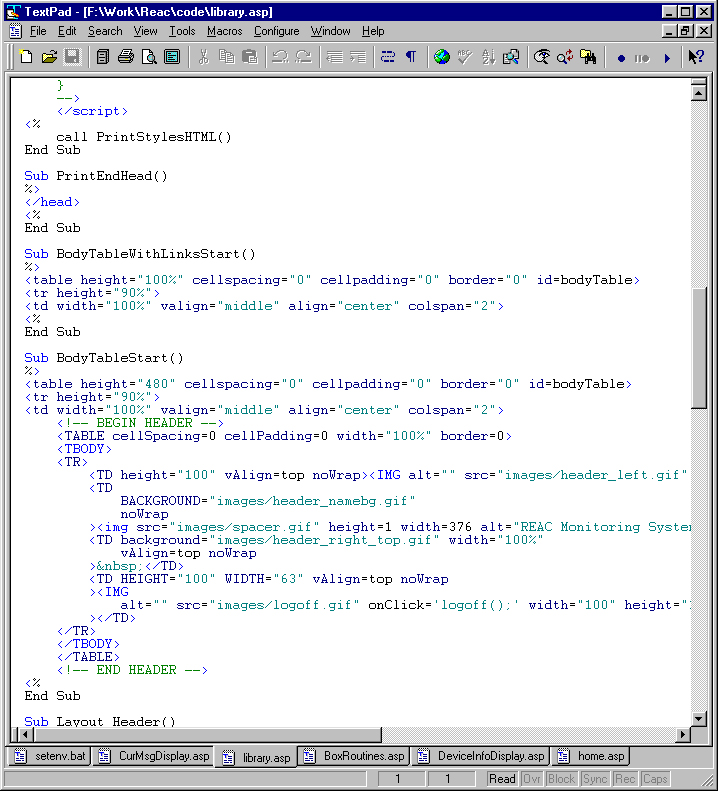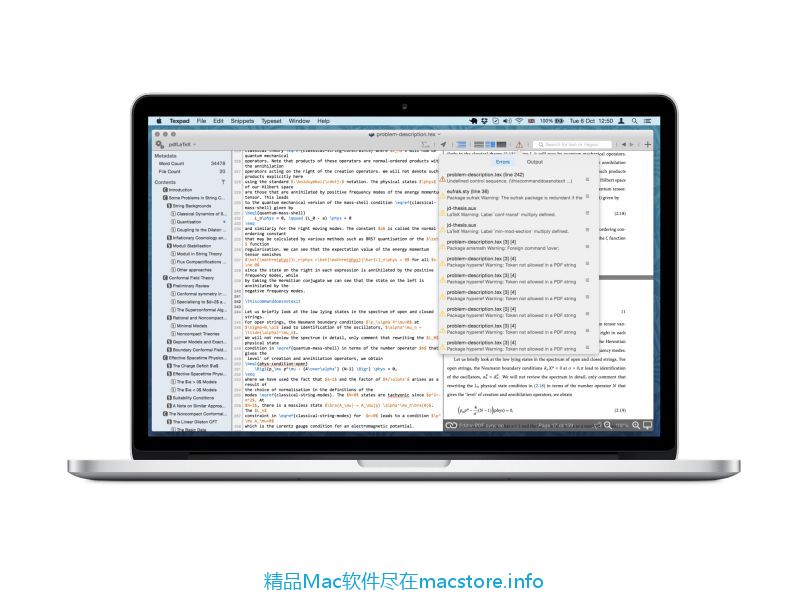
- #Texpad one license use in 2 computers how to#
- #Texpad one license use in 2 computers software#
- #Texpad one license use in 2 computers license#
#Texpad one license use in 2 computers license#
To download them, it is only necessary to fill a form at the following site: no license is needed. The ORCA binary files are freely available for academics. Observation : The Installation of MOPAC sometimes can be a little tricky, because it must be performed with administrator privileges - please, pay extra attention to item 2.3 of the installation file named “installation instructions.txt”. txt file that comes bundled with the downloaded compressed file.
#Texpad one license use in 2 computers how to#
John found the instructions on how to install MOPAC in a. The license usually arrives within one or two days. Stewart, creator and developer of MOPAC, via email ( ). The license for using MOPAC can be requested through the link by filling out a simple form or directly to prof. MOPAC2016 is freely available for academics at. He then proceeded with downloading the other necessary softwares that are required to run LUMPAC, that are MOPAC and ORCA. He understood that the license would take a while to be processed. He clicked on the link, and the e-mail request was sent. He then clicked on the link, and was sent to the license request page, which he filled promptly: When John clicked on the LUMPAC executable, a small window opened requesting a key: John now wants to know what can LUMPAC do for him! He visited the LUMPAC site, downloaded LUMPAC and this Quick Start Guide, and decided to give LUMPAC a try! Now, John is in possession of all experimental data needed to start using LUMPAC: file emission.txt, and the measured lifetime. He also measured the experimental lifetime of the emission 5 D 0 7 F 2 for this complex as being 0.129ms. This is the file that will be used in LUMPAC.

John, then did not need to do anything further, and simply saved the file as a. If the decimal mark appears as a comma, it must be replaced by a dot, because LUMPAC uses dots, in which case the F8 key can be pressed to do the job. Then he opened Textpad and pasted the two columns. So, John highlighted the two columns in Origin® 2016, pressed the right button of his mouse and copied the content of both columns. In order to process the data quickly and easily, John used Textpad, which as a very easy and convenient text editor. OPJ file in Origin® 2016, two columns appeared: the first with the wavelengths, and, the second, with the emission intensities, as shown below:
#Texpad one license use in 2 computers software#
OPJ, such as emission.OPJ, which can be opened with the graphical software Origin® 2016. Subsequently, he measured the emission spectrum of this complex, as below:Īfter measurement, the spectrum is usually provided by the equipment as a file with extension. He synthesized the europium complex Eu(BTFA) 3 (H 2 O) 2, which has the following chemical structure: Simas, published in Scientific Reports, 2013, 3, p. John is a graduate student who tried to reproduce the work of Nathalia B. Example: from a MOPAC output file, it generates an ORCA input file for INDO/S-CIS calculations, etc.įrom LUMPAC outputs, and your favorite drawing software, you will be able to create Jablonski diagrams such as the one below: Chemical partition of the radiative emission rate.įile conversion module – converts files of various formats to one another.Distance from the donor to the acceptor centers of the energy transfer process.Energy transfer and back transfer rates.Radiative and nonradiative emission rates įrom theoretical photophysics calculations, obtain:.Chromaticity diagram (CIE 1931 diagram).Obtain singlet and triplet excited state energies for the lanthanide containing systems, from INDO/S-CIS ORCA calculations.įrom the experimental emission spectrum, calculate: Optimizes the geometries of lanthanide containing systems such as complexes, solids, MOFs, for any of the fifteen lanthanide trications, from La(III) to Lu(III), with either RM1 or the Sparkle Models, within MOPAC.

LUMPAC carries out a complete theoretical study of the luminescence of lanthanide containing systems, such as lanthanide-based luminescent hybrid materials, and can also be applied to functional materials and to bio-sciences. LUMPAC Powerful, efficient and user friendly


 0 kommentar(er)
0 kommentar(er)
